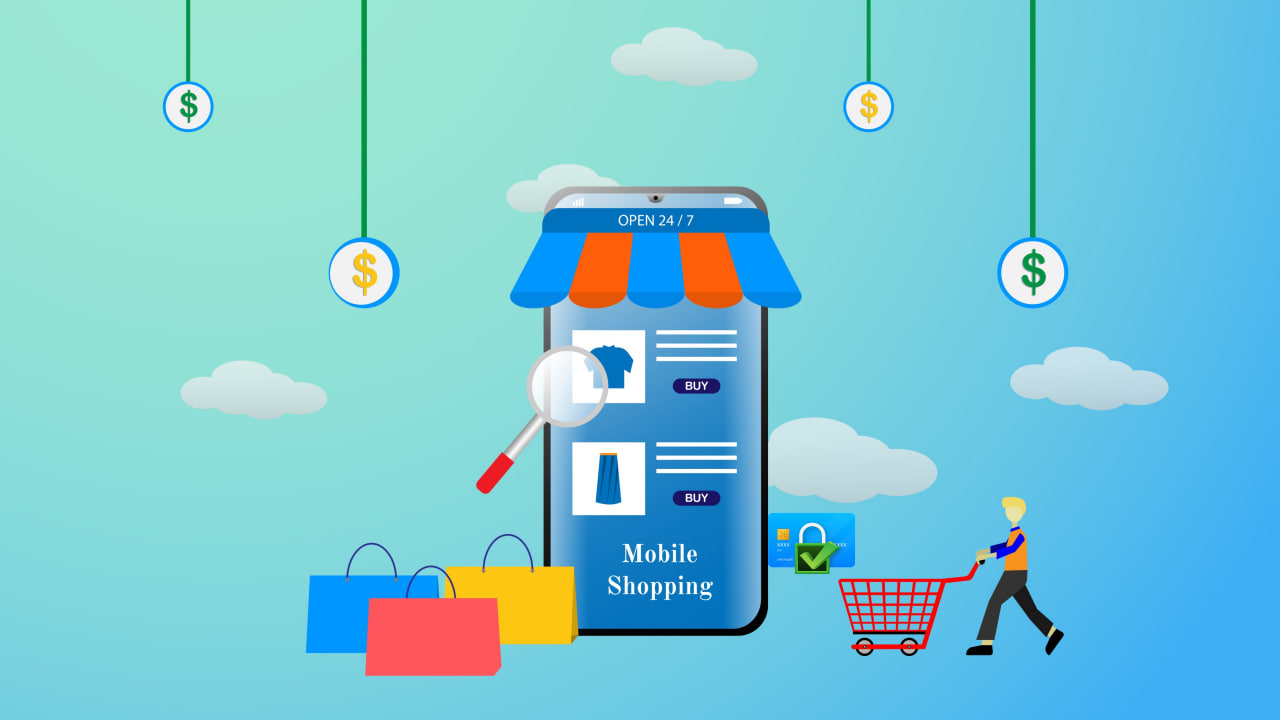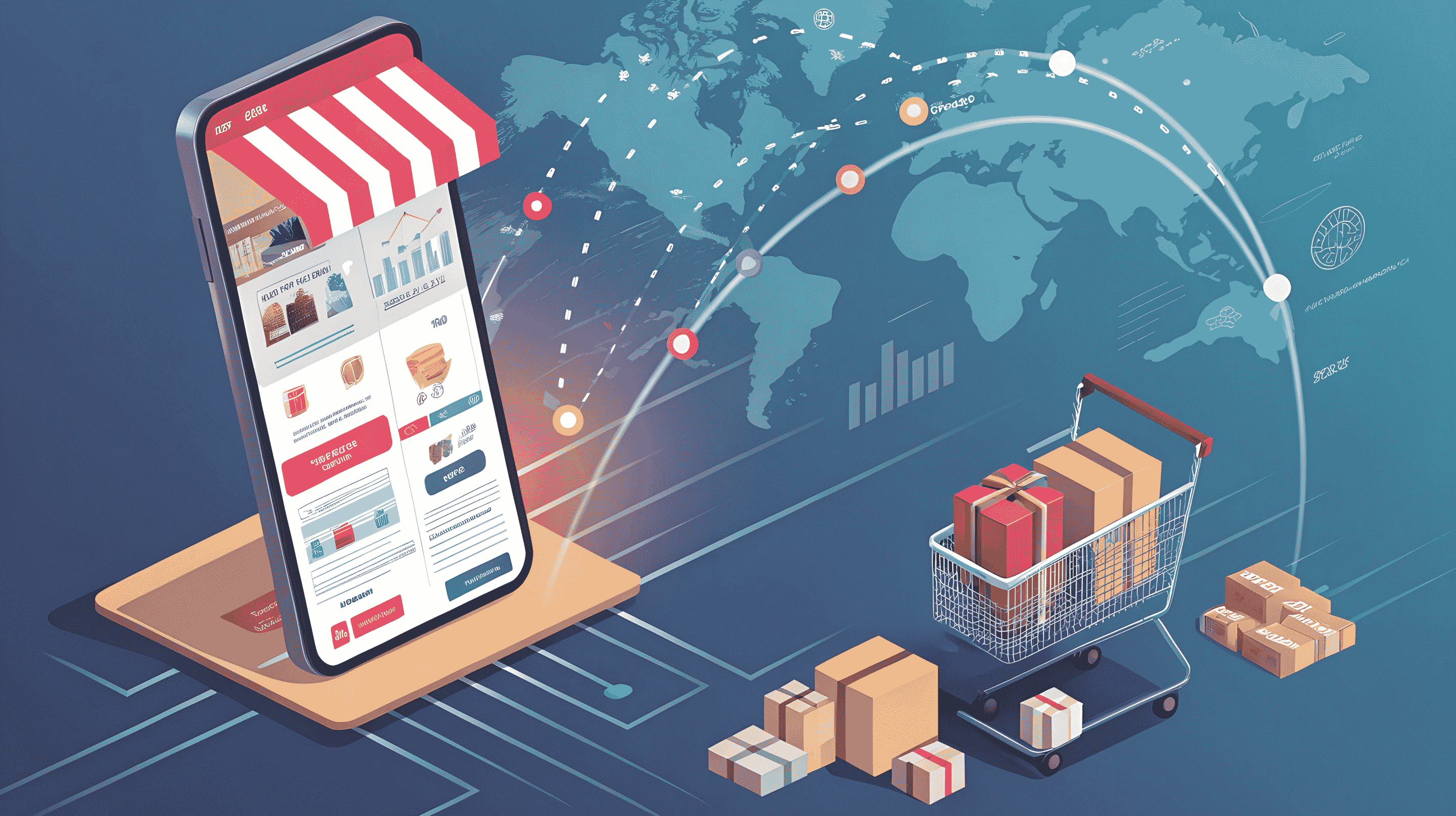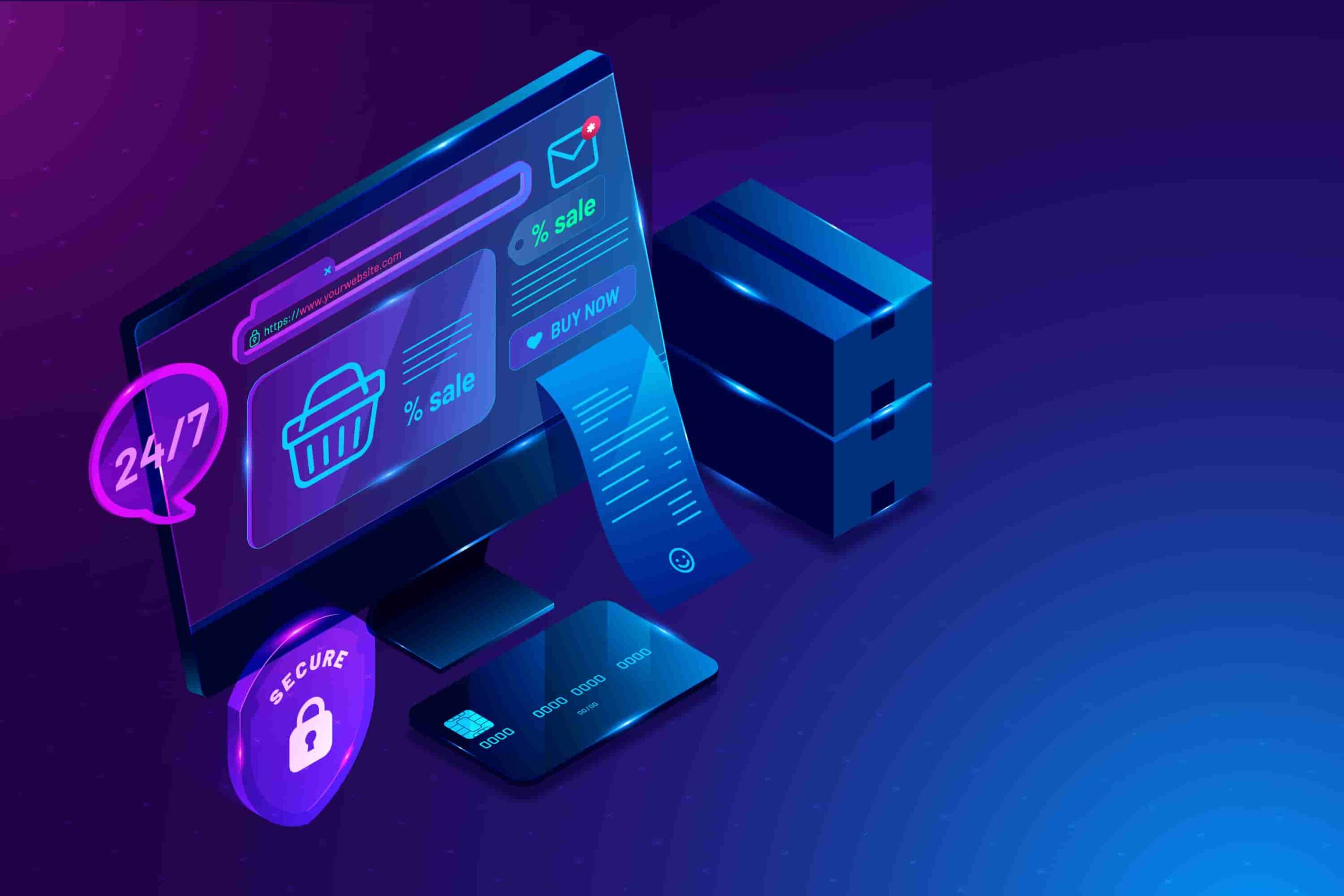For businesses, these marketplaces offer an efficient and cost-effective way to reach a global customer base without the logistical challenges of setting up individual online stores. This blog post delves deeper into how online marketplace apps are not just changing how we buy and sell, but how they’re driving innovation in e-commerce.
1. Accessibility to a Global Audience
One of the key reasons online marketplace apps are revolutionizing e-commerce is the accessibility they offer to both sellers and buyers. Small businesses and individual sellers, who previously might have struggled to gain visibility, can now list their products on a platform with millions of active users. The low barrier to entry means that anyone, from artisans and creators to large-scale manufacturers, can tap into a global market.
For consumers, these platforms offer the convenience of browsing through a seemingly endless selection of products from across the world. This global reach has not only expanded consumer choice but has also increased competition, leading to better deals and an enhanced shopping experience. With the rise of mobile apps, consumers can shop anywhere and anytime, making e-commerce even more accessible.
2. Enhanced Consumer Trust and Security
When buying online, trust and security are top concerns for consumers. Marketplace apps address these concerns by offering built-in features designed to protect both buyers and sellers. Payment gateways, such as PayPal and secure credit card processing, help ensure that transactions are safe. Many platforms also have buyer protection policies in place, guaranteeing that if something goes wrong—whether it’s an issue with the product or a shipping delay—the consumer is protected and entitled to a refund or replacement.
Additionally, the ability to read product reviews and ratings from previous buyers adds another layer of confidence. Buyers can assess the reliability of a seller and the quality of their products based on the experiences of others. The transparency offered by these features fosters trust and encourages repeat business, which is crucial for the sustained success of e-commerce.
3. Seamless Shopping Experience
A hallmark of successful online marketplaces is their user-friendly design and the seamless shopping experience they offer. Marketplace apps are optimized to provide a smooth, intuitive interface, allowing users to easily navigate through various categories, filter by brand, price, or rating, and quickly find the products they’re looking for. These platforms utilize advanced search engines and personalized recommendations powered by AI, which further enhances the shopping experience by suggesting products tailored to individual preferences.
Moreover, the integration of various payment options, such as credit cards, digital wallets, and buy-now-pay-later schemes, gives users the flexibility to pay the way they prefer. One-click purchasing options streamline the buying process, reducing cart abandonment rates and encouraging spontaneous purchases.
4. Increased Competition and Market Innovation
The competitive nature of online marketplaces encourages continuous innovation, benefiting both sellers and consumers. With numerous sellers offering similar products, it becomes essential for businesses to differentiate themselves. Whether through superior product quality, exceptional customer service, or competitive pricing, sellers must constantly adapt to meet the evolving needs of their customers.
This healthy competition leads to better products and services in the marketplace. For example, a seller offering high-quality eco-friendly products might gain a competitive edge over another selling similar items. Similarly, faster shipping times, unique product bundling options, or better customer service can help sellers stand out from the crowd.
Additionally, the pressure to innovate isn’t limited to sellers. Online marketplace apps themselves are constantly evolving, adding new features and functionalities to improve the user experience. Whether it’s through the introduction of augmented reality (AR) for virtual product try-ons, AI-powered chatbots for customer support, or advanced inventory management tools for sellers, marketplace apps are at the forefront of e-commerce innovation.
5. Cost-Effective for Sellers
For sellers, online marketplace apps offer a significant advantage in terms of cost-effectiveness. Launching and maintaining an independent e-commerce website requires substantial investments in web hosting, development, design, and ongoing marketing efforts. In contrast, online marketplaces come with a built-in customer base, marketing support, and tools to help sellers track their performance and optimize their listings.
Sellers can also take advantage of marketplace features like advertising tools, promotional offers, and product recommendations, allowing them to compete in a crowded marketplace. The marketplace handles the technical side of things—like transaction security and order processing—allowing sellers to focus on what they do best: creating and delivering great products.
Furthermore, marketplace apps often provide access to valuable analytics, such as customer behavior insights, sales trends, and inventory management tools. These data points help sellers refine their strategies, improve product offerings, and make informed decisions to grow their businesses.
6. Streamlined Logistics and Fulfillment
Logistics and fulfillment are often the most challenging aspects of running an e-commerce business. Many marketplace apps have partnered with logistics companies or developed their own fulfillment networks to handle inventory management, packaging, and shipping. For example, Amazon’s Fulfillment by Amazon (FBA) service allows sellers to store their products in Amazon’s warehouses, where they handle everything from shipping to customer service.
This level of automation and integration is a game-changer for small businesses that might otherwise struggle to manage these operations themselves. By outsourcing these tasks, sellers can focus more on product development and customer engagement, knowing that their logistics are in good hands.
7. Expanding Payment Options and Financial Inclusivity
Marketplace apps have also revolutionized the way people pay for goods. Traditional e-commerce websites often require credit or debit cards, but many marketplace apps now offer additional payment methods, such as digital wallets, cryptocurrencies, and even buy-now-pay-later options. These flexible payment options make it easier for customers around the world to shop, regardless of their financial situation or location.
For sellers, having access to multiple payment systems can result in more completed transactions and higher sales volumes. Marketplace apps also often handle currency conversion for international transactions, further streamlining the process and removing barriers to global trade.
Conclusion
Online marketplace apps have undoubtedly changed the way we interact with e-commerce. They have democratized access to global markets for sellers, providing them with cost-effective tools to reach customers and grow their businesses. For consumers, marketplace apps offer an unmatched combination of variety, security, convenience, and competitive pricing. By fostering innovation, increasing trust, and enhancing the shopping experience, these platforms are shaping the future of digital commerce. Whether you’re a seller looking to expand your reach or a consumer seeking a better shopping experience, marketplace apps are leading the way to a new era in e-commerce.























